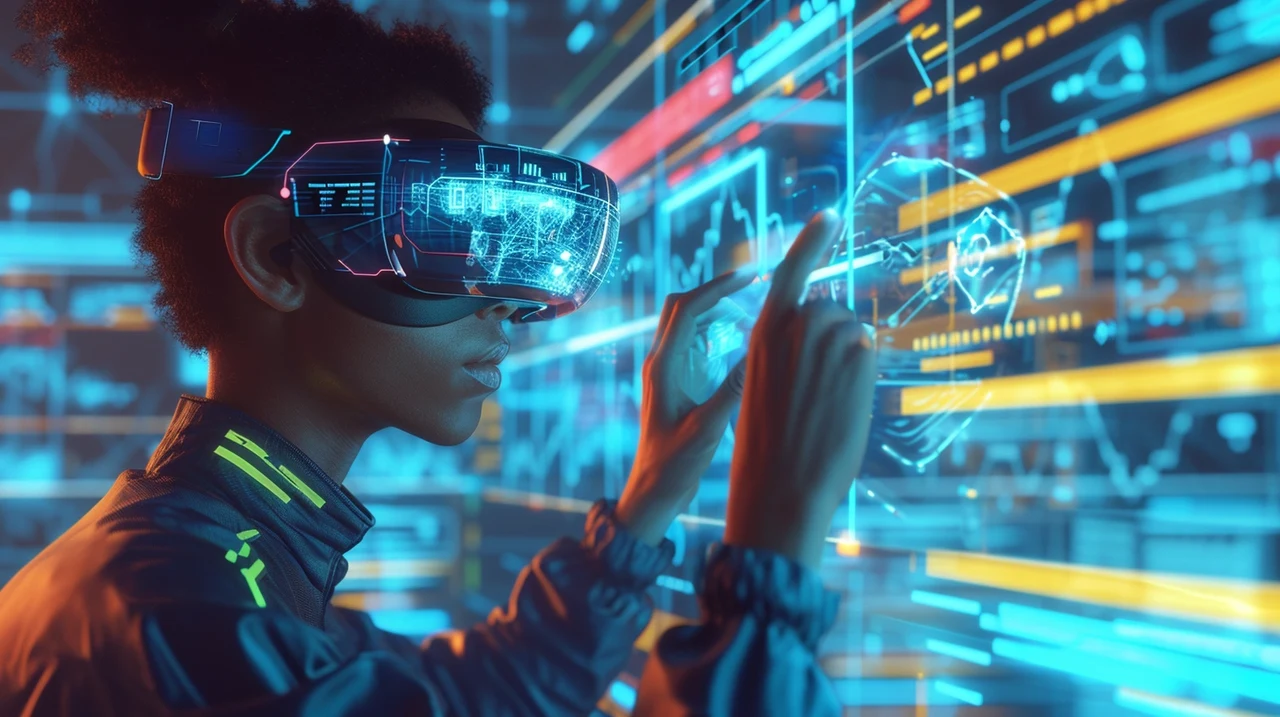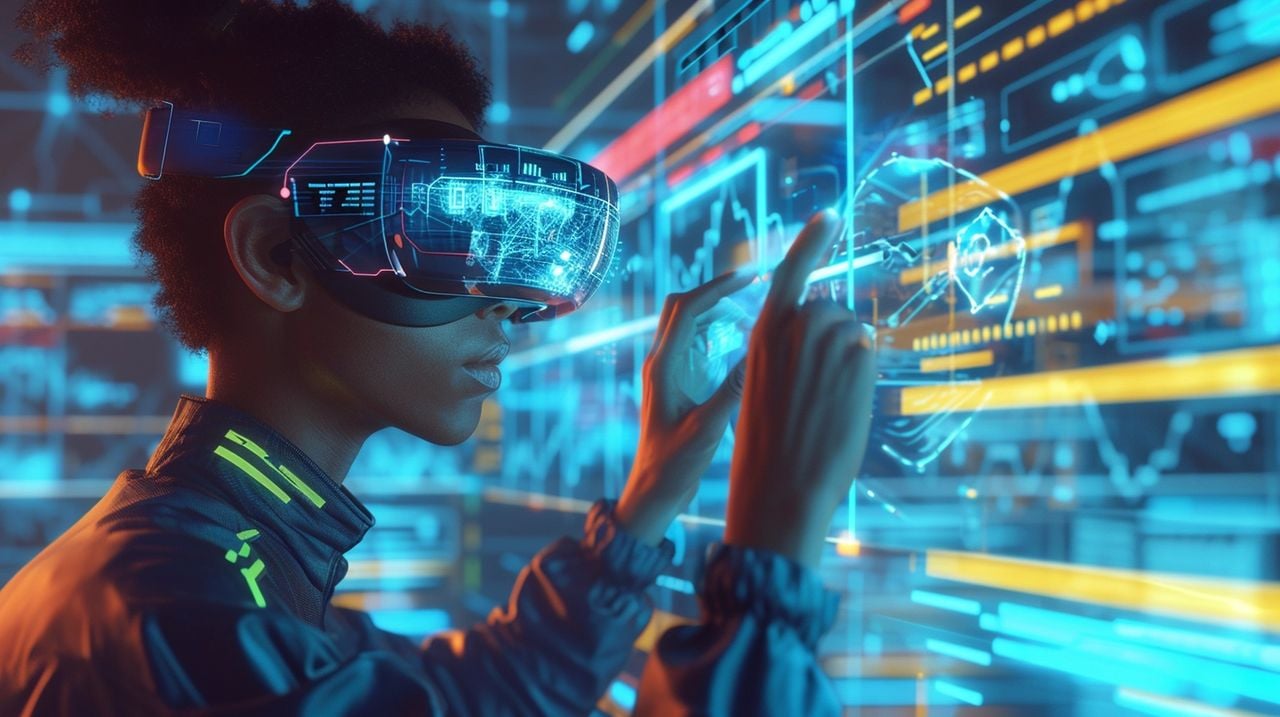
One of the most significant challenges developers and businesses face today is updating their outdated software, a task that can be both complex and costly. However, the emergence of artificial intelligence (AI) is offering a promising solution to this problem, simplifying the process of modernizing legacy code and making it more efficient and less expensive.
Legacy code, the old programming languages and software that many organizations still rely on, poses a significant challenge. As the number of programmers who are proficient in these older languages dwindles, the task of updating critical applications becomes more difficult. This shortage of skilled professionals can lead to delays that may affect the smooth operation of a business.
The traditional approach to modernizing code is a daunting one. It often involves breaking down the old code into smaller, more manageable pieces, known as microservices, and then translating it into modern programming languages. This process is not only time-consuming but also requires a substantial investment of both money and human resources.
How to update old code with AI
This is where AI, particularly generative AI, steps in to make a difference. By automating the translation and optimization of legacy code, AI can speed up the process of updating applications for current needs. This acceleration can lead to significant savings in both time and money for businesses.
AI is leading a transformation in the software development industry. With an increasing demand for software developers, AI is changing the way software is created, generated, and tested. This shift is paving the way for what some refer to as “software 2.0,” a new phase where the creation and maintenance of software are becoming more automated. This automation is expected to boost efficiency across the board.
Here are some other articles you may find of interest on the subject of coding and programming using artificial intelligence :
Looking ahead, the way we interact with coding could undergo a dramatic change. The possibility of using human language as the primary interface for programming is on the horizon. This means that people could potentially instruct their software to perform tasks and develop new functions using simple, everyday language. Such a development could significantly increase productivity in software development, allowing more people to contribute to software creation without needing to master complex programming languages.
Things to consider before updating your legacy code
When developers and businesses plan to use artificial intelligence for updating old code, several key considerations come into play. These considerations span technical, ethical, and practical domains.
- Compatibility and Integration: Assess how the AI integrates with existing systems. The old code might be in languages or frameworks that are not fully compatible with modern AI tools. It’s crucial to ensure that the AI can understand and manipulate the old code without introducing errors or incompatibilities.
- Quality and Accuracy of AI: Evaluate the AI’s proficiency in understanding and rewriting code. The AI should not only translate code from one language to another but also optimize and refactor it while maintaining or improving its functionality and efficiency.
- Data Privacy and Security: When AI accesses and modifies code, it may encounter sensitive data or business logic. Ensuring that the AI operates in a secure environment and adheres to data privacy standards is essential to prevent data breaches or leaks.
- Ethical Implications: Consider the ethical aspects of using AI in this context. This includes the potential impact on employment (as AI might automate tasks traditionally done by human developers) and the responsibility for errors introduced by AI.
- Testing and Validation: Implement rigorous testing procedures. AI-modified code should undergo thorough testing to ensure it meets functional and performance requirements and does not introduce new bugs or vulnerabilities.
- Documentation and Traceability: Maintain comprehensive documentation of changes made by AI. This is crucial for future maintenance, debugging, and understanding the rationale behind certain code modifications.
- Regulatory Compliance: Ensure that the use of AI in code development complies with relevant laws and regulations, which might include software development standards, industry-specific regulations, and intellectual property laws.
- Long-term Maintenance: Plan for the long-term maintenance of AI-updated code. Consider how future updates will be managed and whether they will require similar AI intervention or revert to traditional development methods.
- Cost-Benefit Analysis: Weigh the costs of implementing AI against the expected benefits. While AI can significantly speed up the process of updating old code, it requires investment in terms of technology, training, and potentially new infrastructure.
- Skillset and Training: Assess the need for training developers and IT staff to work with AI-updated code. They should be equipped to understand and maintain the AI-generated code, which might differ in style and complexity from human-written code.
AI is proving to be an invaluable ally in the quest to modernize legacy code. By leveraging the capabilities of generative AI, businesses can overcome the obstacles presented by outdated programming languages and the scarcity of specialized expertise. This not only streamiles the modernization process but also reduces costs and sets the stage for a future filled with innovation and enhanced productivity in the realm of software development.
As companies embark on the journey of modernizing their legacy systems, it’s important to view AI not just as a tool but as a transformative force that is reshaping the landscape of coding. With AI’s help, the daunting task of updating old code becomes a more manageable and strategic endeavor, opening up new opportunities for growth and innovation.
Filed Under: Guides, Top News
Latest timeswonderful Deals
Disclosure: Some of our articles include affiliate links. If you buy something through one of these links, timeswonderful may earn an affiliate commission. Learn about our Disclosure Policy.

